Georgios Petropoulos, an official at the UN Office for the Coordination of Humanitarian Affairs in Rafah, said the World Food Programme will run out of food to distribute in southern Gaza by May 11. Aid from other groups will also soon run out, forcing hospitals to close all vital services and trucks carrying aid across southern and central Gaza to halt.
For weeks, the United Nations and other agencies have warned that Israel's assault on Rafah would paralyze humanitarian aid and increase civilian casualties. More than 1.4 million Palestinians - half of Gaza's population - have taken refuge in Rafah after fleeing Israeli attacks elsewhere.
Fierce fighting also took place on May 10 in northern Gaza, where Hamas appeared to have regrouped in an area where Israel has carried out previous attacks.
The fighting rocked the city and sowed fears that a larger attack was imminent. Witnesses reported artillery and gunfire throughout the night until May 10.
The United Nations Palestinian Refugee Agency (UNRWA) says more than 110,000 people have fled Rafah. Families who have been displaced multiple times during the conflict are packing up to continue their evacuation.
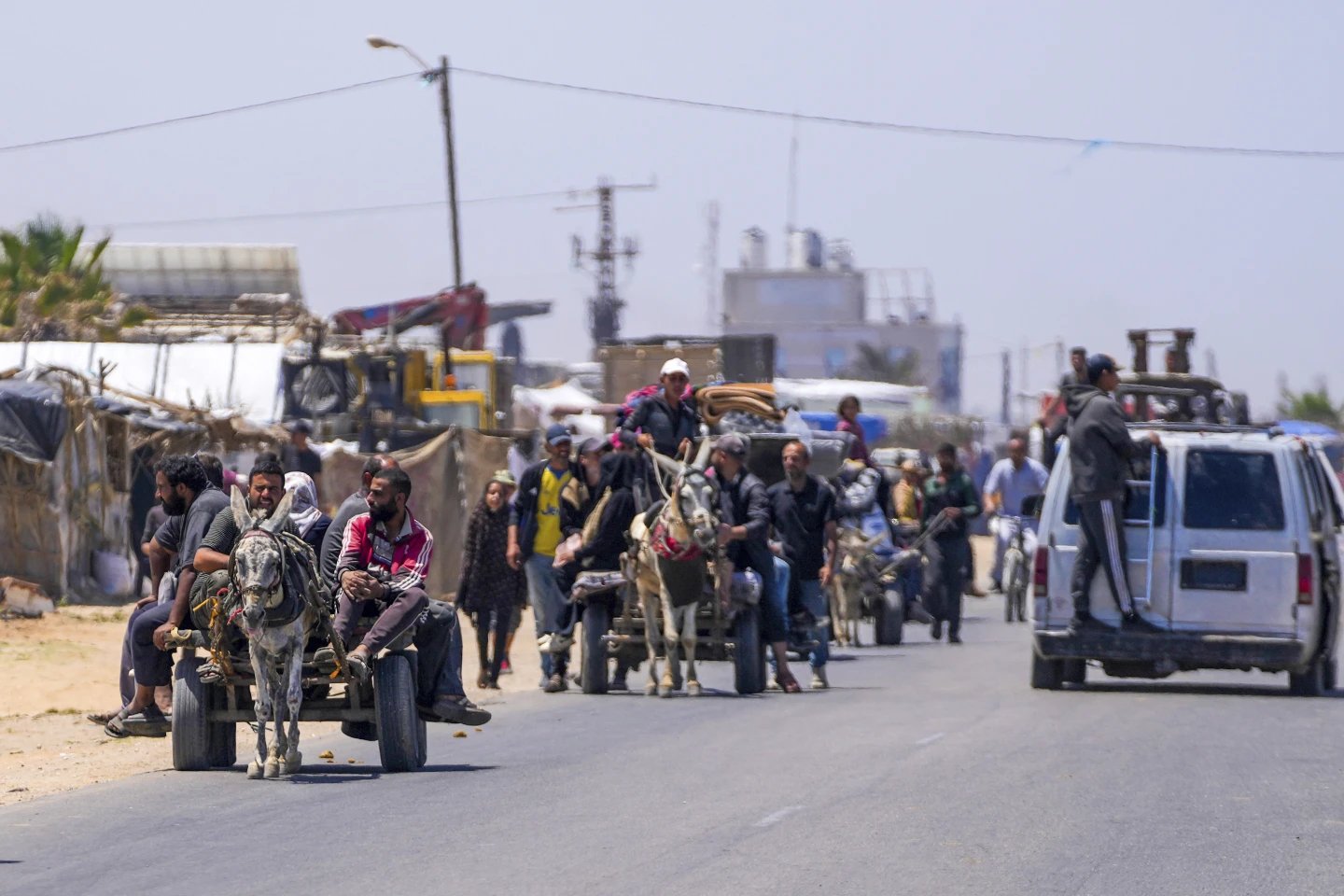
Palestinians flee to central Gaza after fleeing the southern city of Rafah. Photo: AP
Raed al-Fayomi, a displaced person in Rafah, said it was not yet a full-scale attack but "everything is gone. There is no food or water".
Evacuees have set up new tent camps in the city of Khan Younis – which was also half destroyed in a previous Israeli attack – and the town of Deir al-Balah, straining infrastructure.
International charity Project Hope said the medical clinic in Deir al-Balah had seen a spike in patients from Rafah suffering from blast injuries, infections and pregnancies.
“People are evacuating to nowhere. There are no proper homes or shelters for people to go to,” said Gaza group leader Moses Kondowe.
Earlier on May 7, Israeli troops captured the Rafah border crossing with Egypt, forcing it to close. The nearby Kerem Shalom border crossing has since opened to allow aid convoys to enter. Israel said trucks carrying 200,000 liters of fuel were allowed to pass through the crossing on May 10.
However, the United Nations said it was too dangerous for workers to go to the Gaza border crossing to collect aid because of nearby fighting between Israel and Hamas.
The Israeli army is also battling Hamas east of Rafah, not far from the border crossing. The Israeli army said it had identified several tunnels and eliminated militants with close-quarters combat and air strikes.
Hamas' armed wing said it had attacked a house where Israeli troops were stationed, an armored personnel carrier and soldiers operating on the ground.
Hamas also said it fired mortars at Israeli troops near the Kerem Shalom border crossing. The Israeli military said it intercepted two of the launches.
The Israeli military and rescue services said on May 10 that Hamas also fired five rockets at the southern Israeli city of Beersheeva on May 8, of which one was intercepted and most fell in an open area.
For much of the war, Hamas militants fired thousands of rockets from Gaza at Israeli cities and towns, most of which were intercepted, but such attacks have become increasingly rare in recent months.
This week, fierce fighting also broke out in the Zeitoun area on the outskirts of Gaza City. Northern Gaza was the first target of the ground offensive, and Israel said late last year that it had all but destroyed Hamas there.
Ngoc Anh (according to AP)
Source: https://www.congluan.vn/giao-tranh-ac-liet-o-rafah-vien-tro-bi-cat-va-110000-dan-thuong-phai-chay-tron-post295049.html


![[Photo] General Secretary To Lam begins official visit to Russia and attends the 80th Anniversary of Victory over Fascism](https://vphoto.vietnam.vn/thumb/1200x675/vietnam/resource/IMAGE/2025/5/8/5d2566d7f67d4a1e9b88bc677831ec9d)
![[Photo] President Luong Cuong presents the decision to appoint Deputy Head of the Office of the President](https://vphoto.vietnam.vn/thumb/1200x675/vietnam/resource/IMAGE/2025/5/8/501f8ee192f3476ab9f7579c57b423ad)
![[Photo] National Assembly Chairman Tran Thanh Man chairs the meeting of the Subcommittee on Documents of the First National Assembly Party Congress](https://vphoto.vietnam.vn/thumb/1200x675/vietnam/resource/IMAGE/2025/5/8/72b19a73d94a4affab411fd8c87f4f8d)
![[Photo] Prime Minister Pham Minh Chinh meets with the Policy Advisory Council on Private Economic Development](https://vphoto.vietnam.vn/thumb/1200x675/vietnam/resource/IMAGE/2025/5/8/387da60b85cc489ab2aed8442fc3b14a)

![[Photo] General Secretary concludes visit to Azerbaijan, departs for visit to Russian Federation](https://vphoto.vietnam.vn/thumb/1200x675/vietnam/resource/IMAGE/2025/5/8/7a135ad280314b66917ad278ce0e26fa)


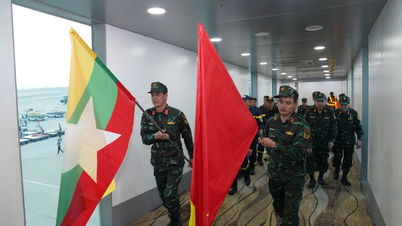

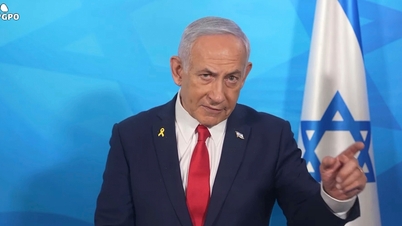
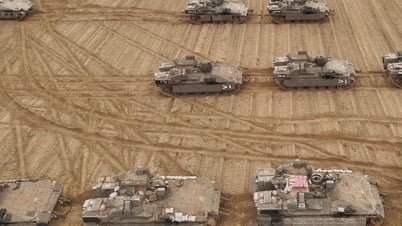
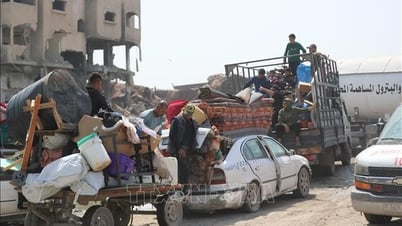

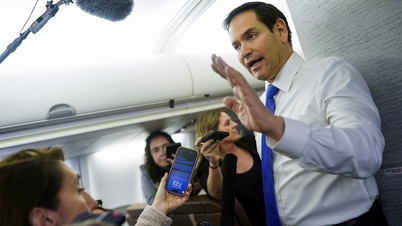
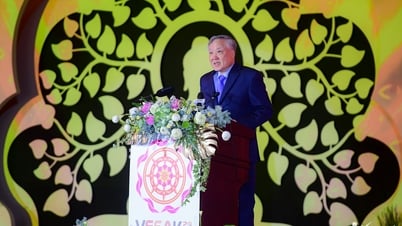


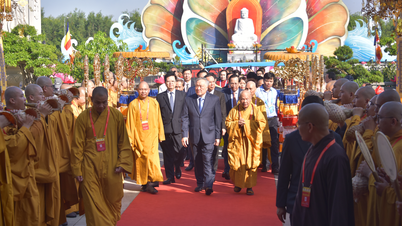






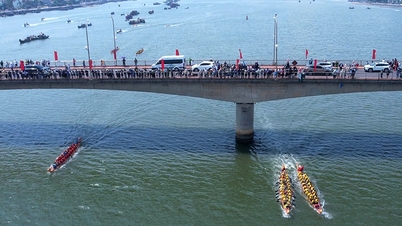
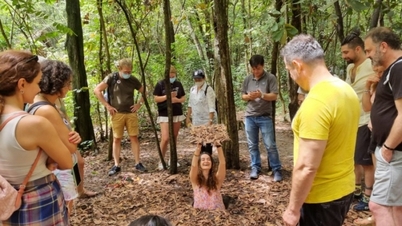

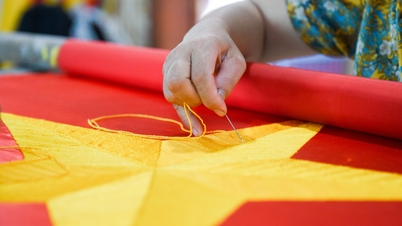






















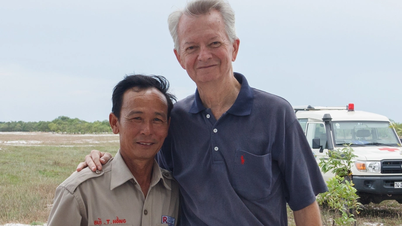











![[Photo] Prime Minister Pham Minh Chinh talks on the phone with Singaporean Prime Minister Lawrence Wong](https://vphoto.vietnam.vn/thumb/402x226/vietnam/resource/IMAGE/2025/5/8/e2eab082d9bc4fc4a360b28fa0ab94de)




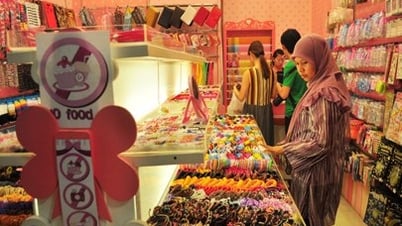


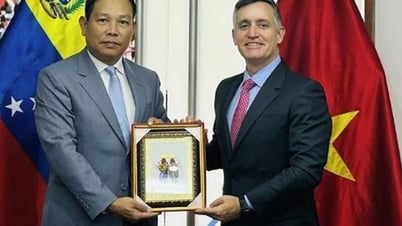






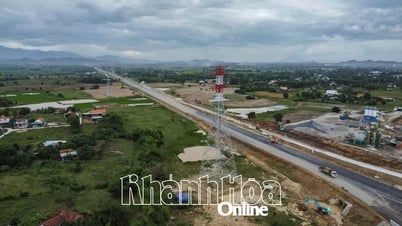


















Comment (0)